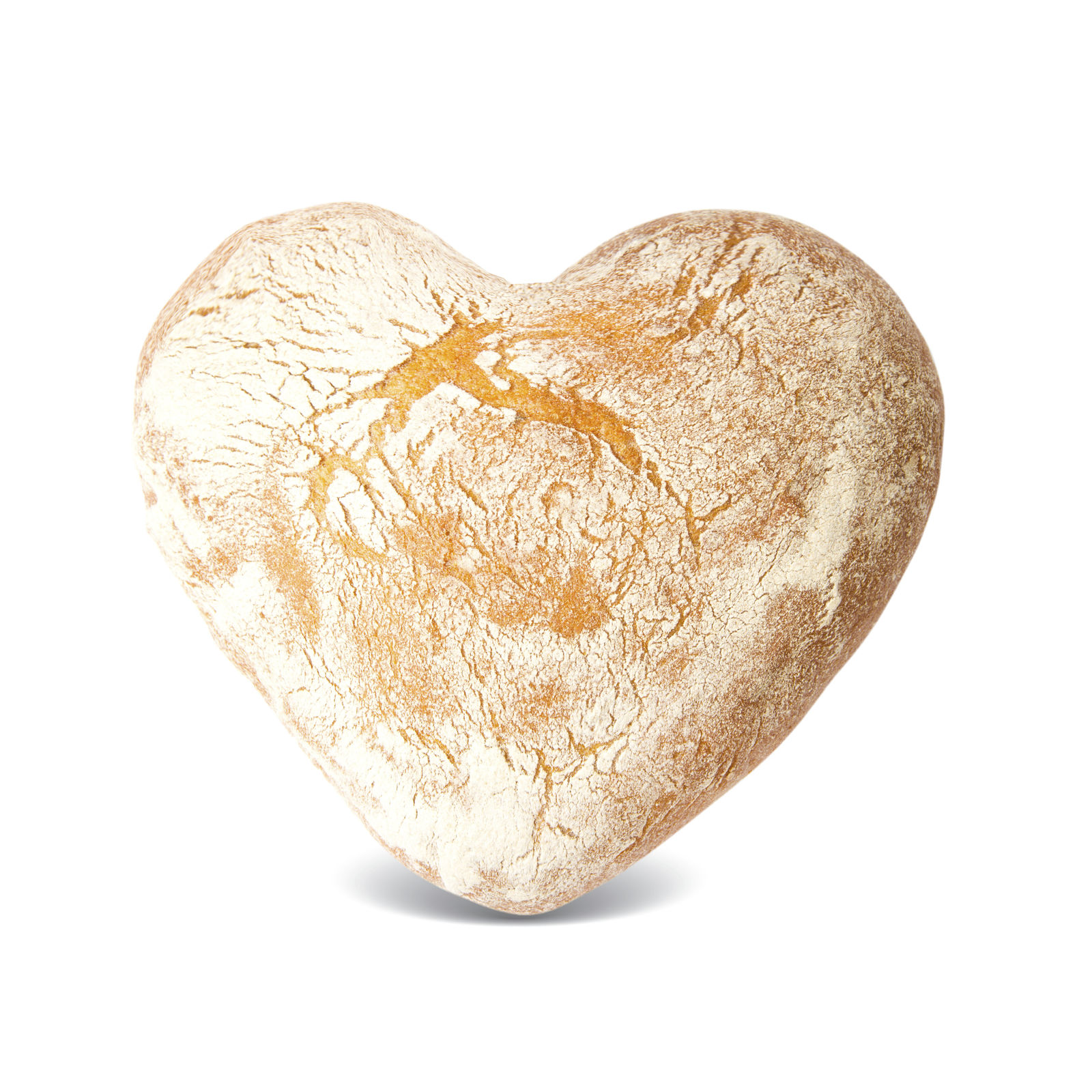
The name of Opelka's new continuous pastry fryer says it all. The MagicBaker CleanFlex is much more versatile and convenient to clean than its predecessor – music to the ears of any baker. Despite the many new options it offers, the fryer is easier to use than ever. This has more than a little to do with the 100% B&R automation solution, which perfectly complements the system's modular architecture to ensure complete freedom throughout construction, operation and maintenance.
"We enjoy the look of surprise on the faces of industrial and craft bakers when they realize how easy it is to operate and maintain our fryers, despite the wide range of products they can make," smiles Stefan Weng, responsible for automation at Opelka. "It starts when we're going over the specifications and they hear that they don't need any software tools to get started up again after replacing a defective component."
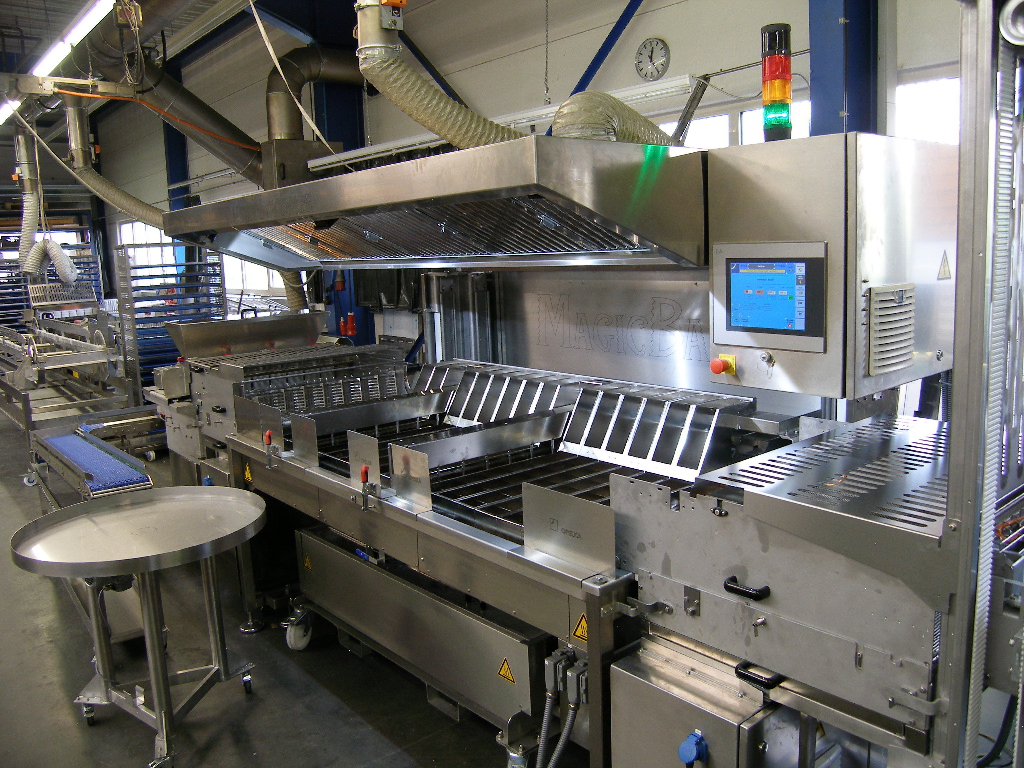
When it comes to networking his pastry fryers, commercial cooking equipment manufacturer Josef Opelka relies on POWERLINK. Opelka particularly values the freedom to choose a line or star topology to automate his modular equipment. The B&R automation system also allows networked components to be removed without having to disconnect the power or worry about disrupting bus communication.
Central data storage speeds up commissioning
This is thanks to the B&R system's central data storage. The code and data for everything from motion control to the PLC and HMI applications is all stored on a single CompactFlash card in the controller. When the equipment is started up following maintenance, the system automatically copies the respective software – including any changes made by the user – to all the necessary B&R components. The seamlessly integrated, homogeneous design also allows for more thorough and helpful diagnostics than a hodgepodge of inconsistent components. For users of the MagicBaker CleanFlex, this means less time starting up and more time being productive.
To reap all the advantages of this approach, Opelka selected exclusively B&R products for the new controller generation introduced in 2013 – with integrated PLC/HMI functionality provided by a Power Panel 500 featuring a generous 10.4" touch screen, I/O from the X20 system and drives from the ACOPOSmulti series. The company's previous experience with B&R has given them the confidence to continue the partnership into the future.
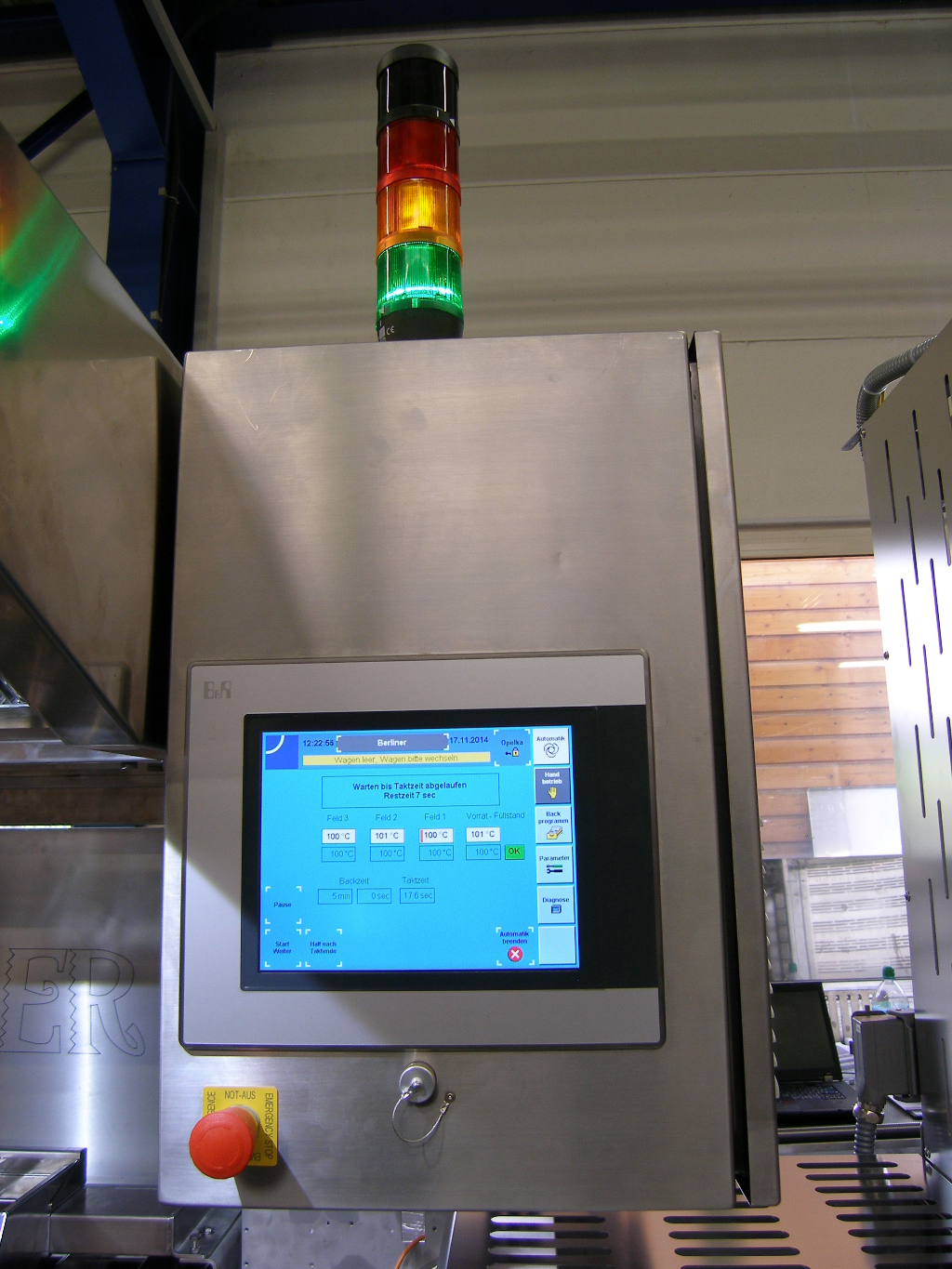
More flexibility through B&R technology
"The versatility of the continuous pastry fryer is owed in large part to the new control architecture, which can easily be adapted via the HMI panel to accommodate different equipment configurations and the specific needs of individual bakers," praises Weng.
The ACOPOSmulti servo drives, which replaced the pneumatic drives used intensively in the previous generation, play a central role. "This upgrade eliminated a number of constraints that we used to have with regard to both design and operation," notes Weng. Pastries are now transported through the system more gently and with greater precision. A key advantage of electrical servo technology over pneumatics is that different traverse paths can be implemented at the push of a button during operation without any major modifications. Taking advantage of these characteristics, Opelka's completely redesigned MultiFlex transport system gives bakers many ways to customize the process for different types of pastry. Simply selecting a recipe on the touch screen determines whether the pastries will be floated or tipped into the oil bath, for example.
Modularization made easy
Electric drive technology also made a substantial contribution to the MagicBaker FlexClean's modular design. Since the drives are synchronized electrically, the oil bath can be extended as needed without having to modify the power transmission system. This is one way that Opelka was able to further expand the range of applications for the continuous pastry fryer and establish it as a new standard in the industry.
The drives for the base unit are installed along with the Power Panel 500 in a control cabinet built into the body of the machine. The drives for other modules in the line – such as the loading module at the beginning of the line that separates the raw dough forms into rows or the filling station at the end of the line that injects jelly into the middle of the pastries – are housed in distributed control cabinets.
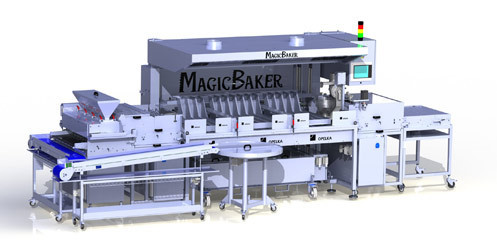
X20 in a class of its own
"Space is particularly limited in the distributed cabinets, so the compact dimensions of the ACOPOSmulti and X20 modules stood out from the very beginning as a key criteria," recalls Weng. The two-axis variant of the ACOPOSmulti proved to be the biggest space saver of all. Opelka saved even more cabinet space by replacing dedicated power supply components with 24 V modules from the X20 system. The X20 system also provided digital and analog I/O slices, as well as PT100 input terminals for PID temperature control. X20 modules also control the stepper motors used to move smaller masses, such as pushers. "A clear advantage of the X20 is its three-part construction, with a separate terminal block, electronics module and bus module. This helps with installation and makes it possible to replace the electronics module without the hassle of rewiring," says Weng. "The way we see it, the X20 system sets the industry standards when it comes to ease of installation, maintenance and scalability."
Free selection of architecture
The X20 modules and the drives all communicate with each other and the central controller via POWERLINK. "The open communication bus doesn't restrict us to a certain topology, so we're free to set up a daisy chain or a star formation – whatever the situation calls for," explains Weng. "What's great about POWERLINK and the B&R solution is that you can remove a component – an X20 electronics module for example – without disconnecting the power and not have to worry about disrupting bus communication. That was a pleasant new experience for us." Another major improvement over the previous solution is that you can configure the components without having to connect each one individually to a PC. To prepare B&R components for bus communication, all you have to do is set the node number using the DIP switches before you install it.
The advantages of the B&R solution carry over into practical operation as well. The change to POWERLINK and electronic drive technology makes decoupling machine modules considerably easier, as Weng emphasizes: "Basically, all you have to do is disconnect the power cable and the POWERLINK cable, both of which handle repeated plugging and unplugging much better than compressed air hoses." Then the machine modules can be transported to the washdown room for thorough cleaning.
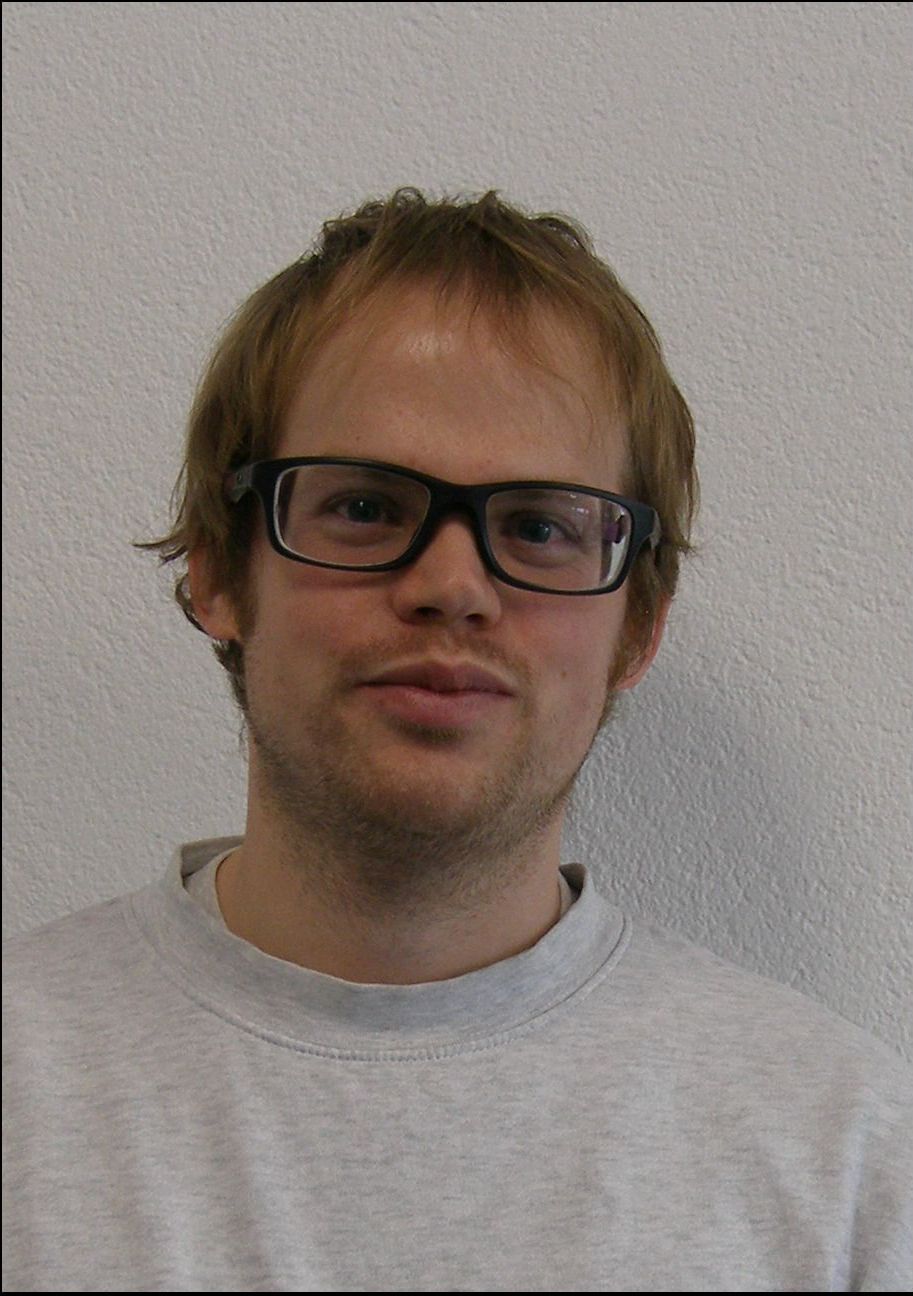
"The way we see it, the X20 system sets the industry standards when it comes to ease of installation, maintenance and scalability." Stefan Weng, Automation Engineer, Opelka
Exemplary support
By dealing exclusively with B&R technology, Opelka is able to develop and construct its continuous pastry fryers much more efficiently. At the same time, the new controller makes it easier for bakers to operate and adapt the line to their needs. B&R's local engineers were there for Stefan Weng and his team every step of the way. "Every time we needed support, B&R delivered."